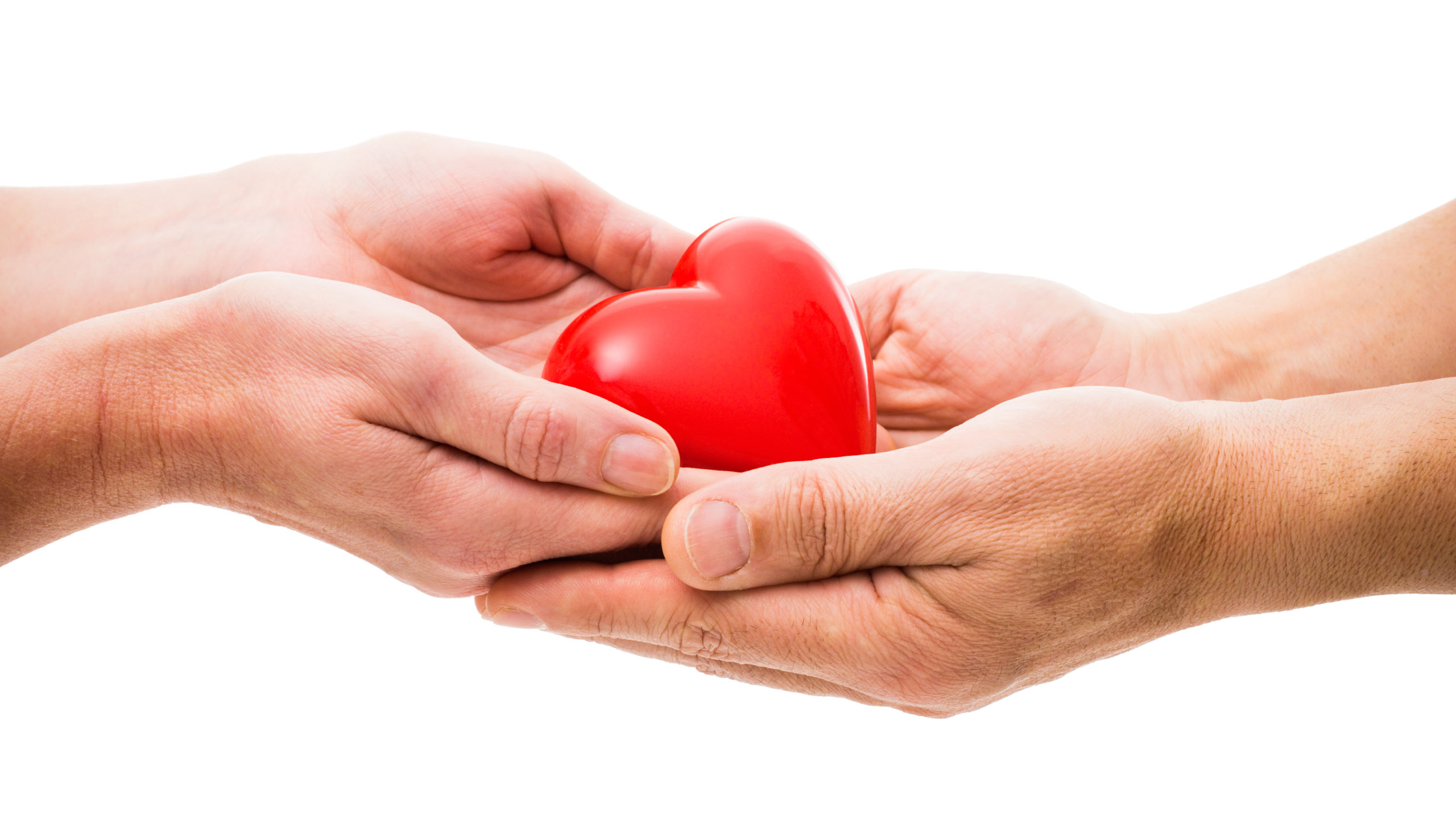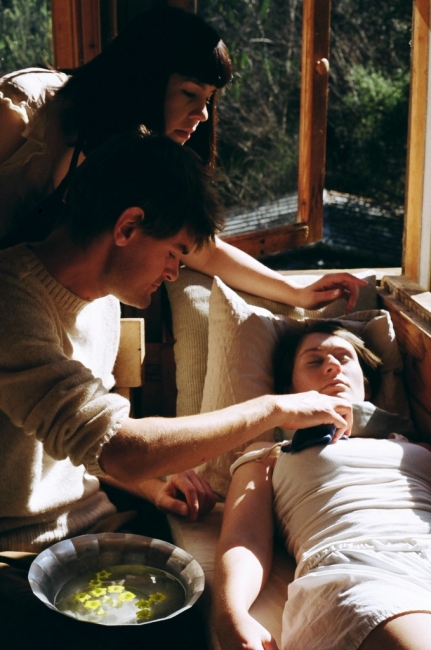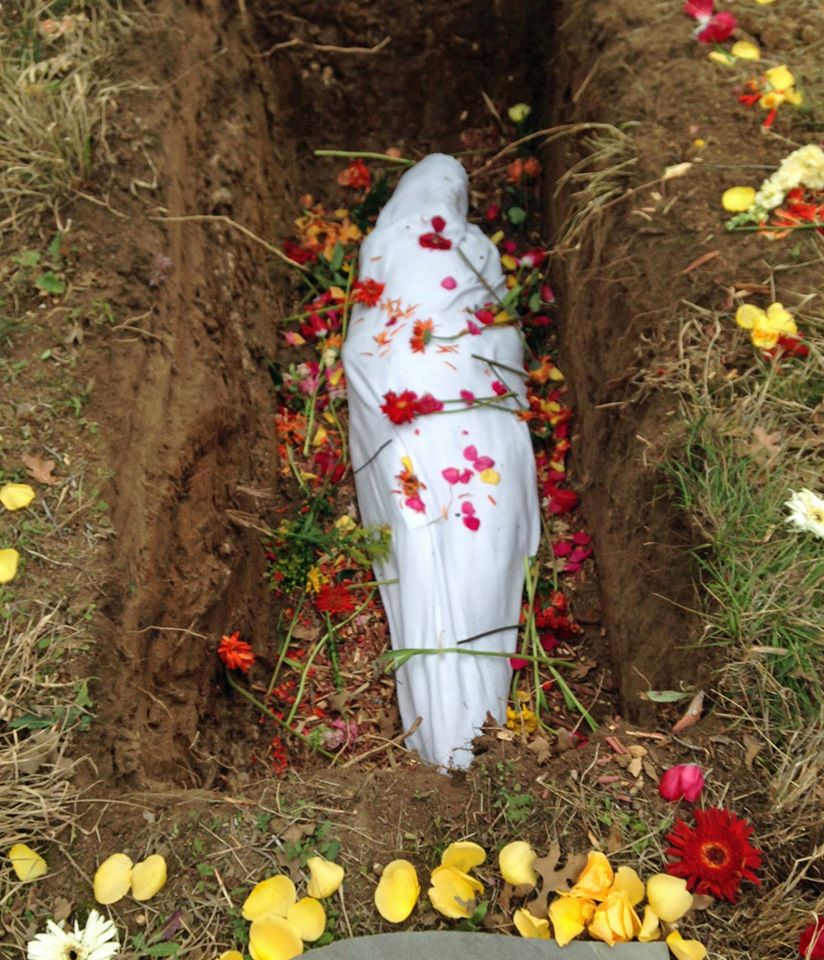I really want a home funeral and natural burial, but I also want to donate my organs. Is this even possible? If so, how would that work?
The short answer is “yes!” The realistic answer is “it depends.”
 Let’s start with organ donation. Everyone’s organs are not created equal. In order to be a candidate to donate your vital organs (heart, lungs, liver, etc.), you must be an otherwise healthy individual who has fallen victim to an accident that has only affected your head or brain: vehicle collision, gunshot to the head, or brain aneurysm, for example.
Let’s start with organ donation. Everyone’s organs are not created equal. In order to be a candidate to donate your vital organs (heart, lungs, liver, etc.), you must be an otherwise healthy individual who has fallen victim to an accident that has only affected your head or brain: vehicle collision, gunshot to the head, or brain aneurysm, for example.
Let’s take the example of the bike rider who was unfortunately hit by a car. He wasn’t wearing a helmet and his head met pavement at considerable force. A bystander calls 9-1-1 and begins CPR until paramedics arrive. Paramedics use their machines to keep oxygen and blood flowing through his system to get him to the hospital for doctors to do what they can. Once in the hospital and on a ventilator, two physicians declare him braindead. The organ recovery team gets permission from his next-of-kin to recover organs for people waiting on the transplant list.
Once organs are recovered, the body goes to the coroner or medical examiner, since this was not a natural death. A cranial autopsy would be done to determine the exact nature of the brain damage that led to death. The medical examiner declares the death an accident (or even a homicide depending on the circumstances) and the body can then be released to a funeral home. 
This is the point that a family wishing to have a home funeral would claim the body to take it home. If the medical examiner and organ recovery team have been kind, they have sutured the incisions they made doing their work. Unfortunately, this usually doesn’t happen but if the teams know that a home funeral will be taking place, they may be more accommodating.
An ideal home funeral situation has the person dying at home, immediately bathed, dressed, and cared for by the family, then left to lie in state for a few days before going to the crematory or cemetery. We should all be so lucky.
A family wishing to have a home funeral for someone who died due to more traumatic circumstances must have a stronger resolve for their mission, and likely a stronger stomach, for that matter.
Because of the donation procedures, the people handling the body are more likely to come in contact with blood and bodily fluids than if the person died at home under hospice care. Extra care and caution needs to be used in bathing and dressing the body. Anytime the body is moved or manipulated, there is potential for leakage. Sometimes funeral guides (and funeral directors) use superglue the keep the incisions closed.
Not to dissuade anyone from having a home funeral, but due to these circumstances, I would encourage the family to examine why they still want to have a home funeral. After the trauma it went through, the body will not look like the person it used to be. Sitting with the body in that condition for a few days might not be the memory a family wants to keep of their loved one. But, then again, it might be exactly what a family needs to come to terms with the death and to say good-bye.
“I am only one, but I am one. I cannot do everything, but I can do something. And I will not let what I cannot do interfere with what I can do.” ~Edward Everett Hale
Everyone thinks of organ donation as being hearts, lungs, etc. But there are other types of donation that more people qualify for, even without having died in a medical facility. As a bonus, they are less invasive to the body. Tissue donation includes skin, bone, and corneas which can be recovered within 6-24 hours of death. SightLife, our local Seattle organization that recovers corneas, does have an age limit of 73 for their donors. A person who died of natural causes at home can be taken to a medical facility or a funeral home’s care center for tissue and bone recovery. According to SightLife, they will work with a family to do a corneal recovery in the home. The other tissues need a sterile environment.
The cornea donation is pretty well hidden once the eyes are closed. To replace extracted bone, wooden rods or plastic pipes are sometimes used to give limbs a familiar structure. Skin grafts can be covered with a bandage. In fact, bandages can cover pretty much all the repair work that is done following donations or autopsies if a family wants to have a home funeral.
Now once a body has been through all of this, a home funeral is a bit more complicated, but still possible if that is what the family wants.
 Moving on to natural burial, yes, of course, unequivocally, a body that has been an organ and/or tissue donor can have a natural burial. I’ve even requested that a bone donor have a wooden dowel used in lieu of plastic pipe to replace the donated bone since the family wanted natural burial. Though a natural burial ground would not reject a person with any prosthetic joints or other non-biodegradable implants.
Moving on to natural burial, yes, of course, unequivocally, a body that has been an organ and/or tissue donor can have a natural burial. I’ve even requested that a bone donor have a wooden dowel used in lieu of plastic pipe to replace the donated bone since the family wanted natural burial. Though a natural burial ground would not reject a person with any prosthetic joints or other non-biodegradable implants.
I encourage anyone who wants to have a home funeral to talk about it with their family so everyone can be prepared for a situation we all hope will never come to pass. The more conversations and education that people have, the more likely they are to be comfortable having a home funeral under any condition. It is always up to the family to decide what is right for them and their situation when the time comes.
